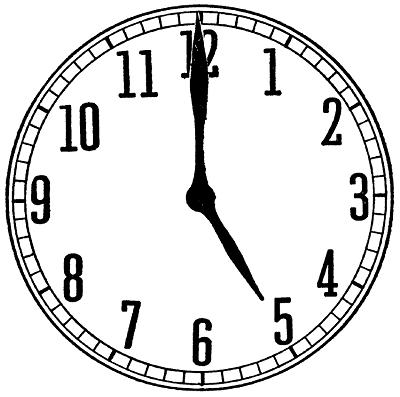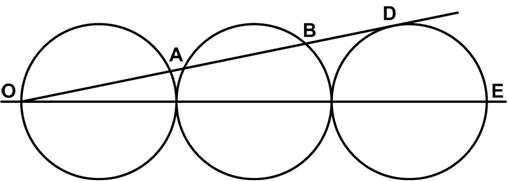 This is a straight-forward problem from Geoffrey Mott-Smith in 1954.
This is a straight-forward problem from Geoffrey Mott-Smith in 1954.
“A brown Terraplane car whizzed past the State Police booth, going 80 miles per hour. The trooper on duty phoned an alert to other stations on the road, then set out on his motorcycle in pursuit. He had gone only a short distance when the brown Terraplane hurtled past him, going in the opposite direction. The car was later caught by a road block, and its occupants proved to be a gang of thieves who had just robbed a jewelry store.
Witnesses testified that the thieves had put their plunder in the car when they fled the scene of the crime. But it was no longer in the car when it was caught. Reports on the wild ride showed that the only time the car could have stopped was in doubling back past the State Police booth.
The trooper reported that the point at which the car passed him on its return was just 2 miles from his booth, and that it reached him just 7 minutes after it had first passed his booth. On both occasions it was apparently making its top speed of 80 miles per hour.
The investigators assumed that the car had made a stop and turned around while some members of the gang cached the loot by the roadside, or perhaps at the office of a “fence.” In an effort to locate the cache, they assumed that the car had maintained a uniform speed, and allowed 2 minutes as the probable loss of time in bringing the car to a halt, turning it, and regaining full speed.
On this assumption, what was the farthest point from the booth that would have to be covered by the search for the loot?”
See Locating the Loot for solutions.

 This is a fairly extensive clock problem by Geoffrey Mott-Smith from 1954.
This is a fairly extensive clock problem by Geoffrey Mott-Smith from 1954. This is a nice variation on a racing problem by Geoffrey Mott-Smith from 1954.
This is a nice variation on a racing problem by Geoffrey Mott-Smith from 1954. This is a work problem from Geoffrey Mott-Smith from 1954.
This is a work problem from Geoffrey Mott-Smith from 1954. This work problem from Geoffrey Mott-Smith is a little bit tricky.
This work problem from Geoffrey Mott-Smith is a little bit tricky. This is a straight-forward problem by Geoffrey Mott-Smith from 1954.
This is a straight-forward problem by Geoffrey Mott-Smith from 1954.